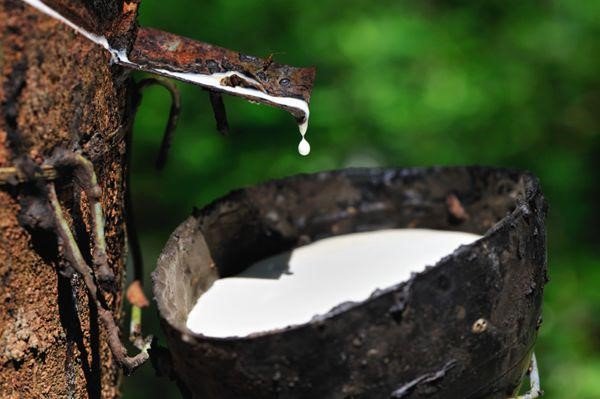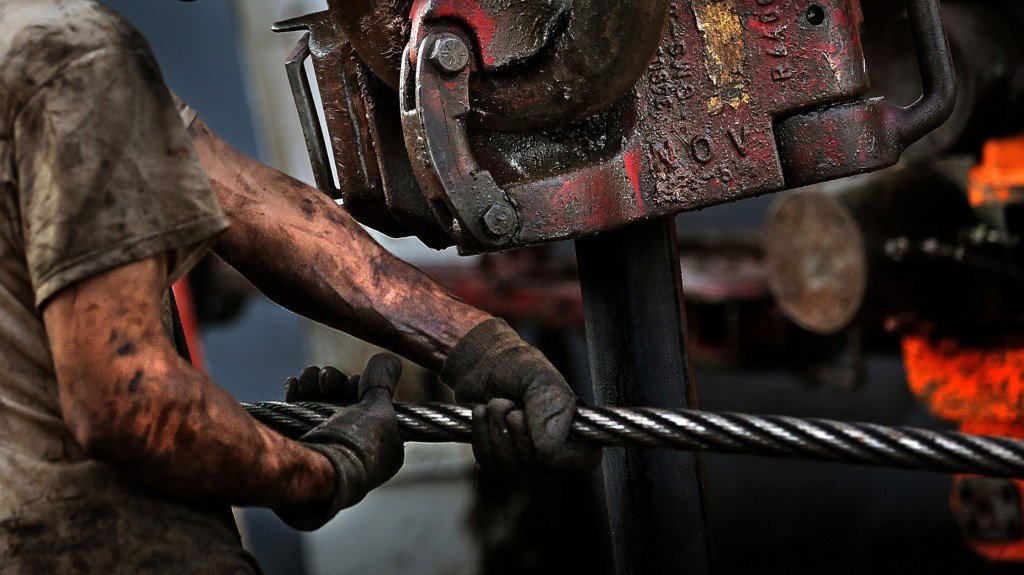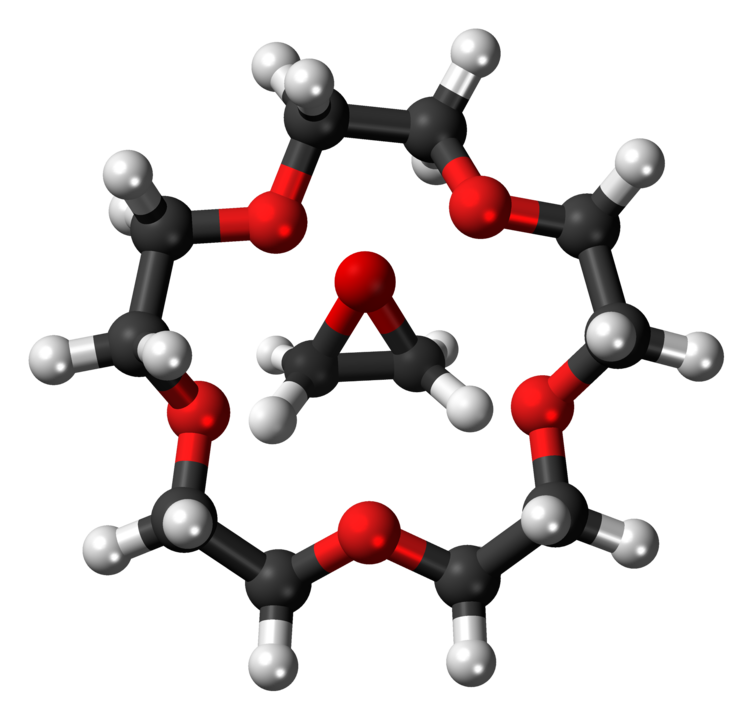You’ve probably heard that Vaseline is used by top-level goalkeepers on their NEW gloves, to improve grip. We’ve heard it too, and it’s true… sort of.
Yes, putting Vaseline on your new and older goalkeeper gloves will immediately improve their holding power. In fact, so will honey, bearing grease, maple syrup, and sugary sports drinks, but that doesn’t mean that it is actually good for latex – or even your skin, for that matter.
Sealant vs Humectant
The real problem with Vaseline on your goalkeeper gloves is that it acts as a SEALANT to keep moisture OUT of the pores, which subsequently dries out the latex.
On the other hand, KEEPER BALM is a humectant, which draws moisture IN to the foam latex, to keep your gloves pliable and operational for the life of your gloves. To know why Vaseline is not good for your gloves, you have to first understand foam latex… and then Vaseline. (The secret is HUMECTANTS)
The Solution is KEEPER BALM.
Put on your learning caps.
What is foam latex made of?

Foam latex is liquid latex, mixed with various additives, whipped into a foam and then mold-dried into shape.
*NOTE: THIS IS IMPORTANT.* Before it is converted to foam, latex is a natural liquid polymer (a mixed bag of molecules) found in 10% of all flowering plants.
Latex is considered a rubber, as it contains rubber and is harvested primarily from rubber trees. However, more than 12,000 plant species actually yield latex that contains rubber – much of which is used to make many different products, including mattresses, gloves, swim caps, condoms, catheters and balloons.
REAL latex is 100% natural – and relatively UNREFINED.
Latex Foam for Goalkeeper Gloves
The majority of latex used to make the foam latex found in high-quality goalkeeper gloves is harvested as a thick, milky-white liquid, from rubber trees. It’s collected in buckets and delivered directly to the processing plant, in its natural state. The only “processing” is the removal of impurities, like bark and dirt.
Below is a video showing the production of latex foam, from RAW extraction to finished product. The latex in this video is being used for mattresses (the most common use of latex foam), but it’s still the same stuff –
What is Vaseline?

Vaseline is a brand of petroleum jelly – a highly refined by-product of oil extraction.
The raw material for petroleum jelly was discovered in 1859 in Titusville, Pennsylvania, United States, on some of the country’s first oil rigs. A waxy substance, workers disliked the paraffin-like material forming on rigs, because it caused their equipment to bind and malfunction. However, the drillers used it on cuts and burns, because they believed that it hastened healing.
Robert Chesebrough, a chemist, took the unrefined, black “rod wax” (what the drillers called it) back to his laboratory to refine it and explore potential uses. He discovered that by distilling the lighter, thinner oil products from the rod wax, he could isolate the single molecule, which resulted in a light-colored gel.
Why Vaseline is Bad for Goalkeeper Gloves
Ok, so this is going to get technical, but if you can get through these next few sentences, everything should make perfect sense.
Vaseline is an occlusive oligomer.
WAIT! Don’t go anywhere, yet! It sounds worse than it is.
Stay with me.
Vaseline is an oligomer, while foam latex is a polymer.
- An oligomer is a molecular complex of chemicals that consists of a few monomer units.
- A monomer is a molecule that forms the basic unit for polymers.
- A polymer is, in principle, made up of unlimited monomer units.
Basically, these guys are as different as broccoli and bacon.

You see, petroleum jelly is made up of lone molecules, that really want to be with other molecules. Then, some goalkeeper smears them on their latex palms, which is a polymer, made up of bunches of different molecules, who are… very accommodating.
Those latex polymers are a very accepting bunch and they let nearly anyone into their group. Once applied, the petroleum jelly molecules attach themselves to the latex polymers, and gradually modify the molecular structure of the latex – essentially creating a completely different material altogether.
The (eventual) result is that the foam latex of your goalkeeper gloves will become a harder, slicker, drier material.
Vaseline is OCCLUSIVE
Occlusive ingredients like petroleum jelly can seal in moisture, but do nothing to draw in moisture. Since Vaseline is a SEALANT on goalkeeper gloves, it actually keeps moisture OUT, therefore drying out the latex.
Why Use KEEPER BALM?
In contrast to Vaseline, KEEPER BALM is made of humectants, which actually draw moisture in, keeping your gloves pliable. It’s a recipe of all-natural polymers (oils and waxes) with HUMECTANT properties, that are very much like real latex. Basically, they’re open-minded molecules, but they aren’t… uhhh… psycho, like Vaseline. Since they’re their own group, they adhere to the latex and draw in moisture, without modifying the molecular structure.
Think of KEEPER BALM like a confident girlfriend who likes hanging out with you.. but won’t try to turn you into something you don’t want to be.
The end result is a goalkeeper glove that maintains its natural moisture and pliability while enhancing the grip – FOREVER.
Question & Answer
Q: So, why do professional goalkeepers use Vaseline, if it will ruin their gloves?
A: #1, Vaseline is readily available in the locker room.
#2, They have new gloves at their disposal, so they don’t care. If a goalkeeper has a great game, he may instruct the equipment manager to wash and prepare those same gloves for the next game, but the first loss or tie, will see those gloves in the trash bin or the stands. Pros NEVER see the long-term damage caused by Vaseline… or even care.
Q: Why a stick of balm and not a spray?
A: To put the same ingredients found in KEEPER BALM into a spray bottle, you have to mix it with water. Essentially, you are mixing oil and water, which requires an “emulsifier“. The emulsifier is the element that puts itself between the oil molecule and the water molecule. The problem with this process is that the ingredients used in KEEPER BALM are modified by the emulsifier, turning it into an emollient – or skin softener.
The problem with glove sprays…
You’ll notice that with goalkeeper glove sprays, after the initial application dries, the stickiness wears off, and the gloves feel silky. That’s the emulsifier in the product. Try some glove spray on your hands: If you spray glove spray on your hands, it’s grippy at first, then sticky, then silky smooth and slick.

